
Dots and boxes is a pencil-and-paper game for two players. It was first published in the 19th century by French mathematician Édouard Lucas, who called it la pipopipette. It has gone by many other names, including the dots and dashes, game of dots, dot to dot grid, boxes, and pigs in a pen.

Hopscotch is a popular playground game in which players toss a small object, called a lagger, into numbered triangles or a pattern of rectangles outlined on the ground and then hop or jump through the spaces and retrieve the object. It is a children's game that can be played with several players or alone. Hopscotch is a physical and cognitive workout.

Tag is a playground game involving one or more players chasing other players in an attempt to "tag" and mark them out of play, usually by touching with a hand. There are many variations; most forms have no teams, scores, or equipment. Usually, when a person is tagged, the tagger says, "It!" or "Tag, you're 'It'!". The last one tagged during tag is "It" for the next round. The game is known by other names in various parts of the world, including "running and catching" in India and "catch and cook" in the Middle East.
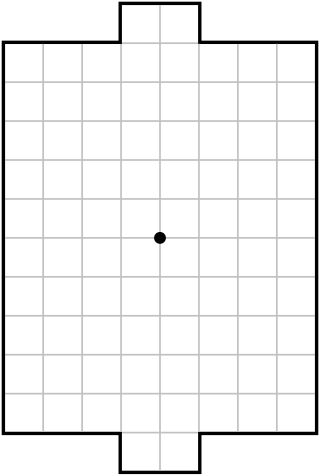
Paper soccer is an abstract strategy game played on a square grid representing a soccer or hockey field. Two players take turns extending a line representing the position of a ball until it reaches one of the grid's two-goal spaces. A traditional paper-and-pencil game, it is commonly played in schools and can be found in some magazines. Many computer implementations of the game also exist. Despite the game's simple rules, paper soccer has various expanded strategies and tactics.

The Florida Lottery is the government-operated lottery of the U.S. state of Florida. As of 2022, the lottery offers eleven terminal-generated games: Cash4Life, Mega Millions, Powerball, Florida Lotto, Pick 2, Pick 3, Pick 4, Pick 5, Fantasy 5, Cash Pop, and Jackpot Triple Play. A player must be 18 or older to play.

Sipa is the Philippines' traditional native sport which predates the Spanish rule. The game is related to Sepak Takraw. Similar games include Footbag net, Footvolley, Bossaball and Jianzi.
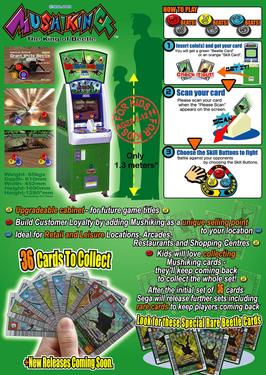
Kōchū Ōja Mushiking, known as Mushiking: The King of Beetles or Mushiking: Battle of the Beetles outside Japan, is a collectible card arcade game developed by Sega and released in Japan and other Asian countries such as the Philippines. The game involves battles between cards describing various species of beetle. The cards can be scanned in by a Mushiking arcade machine, which will both carry out battles and dispense new cards. It is the second trading card arcade by Sega following World Club Champion Football.
Traditional Filipino games or indigenous games in the Philippines are games that are played across multiple generations, usually using native materials or instruments. In the Philippines, due to limited resources for toys, children usually invent games that do not require anything but players. There are different kinds of Filipino traditional games which are well-suited for kids, and the games also stand as one of the different cultural and traditional games of the Philippines. Due to the variety of skills used in these games, they serve an important purpose in the physical and mental development of Filipino children. These games are also an important part of Filipino culture.
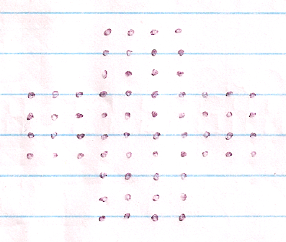
Join five is a paper and pencil game for one or two players, played on a plus-shaped grid of dots. The origins of the game are probably in northern Europe. References to the game first appeared in French publications in the 1970s. In addition to being played recreationally, the game has been the subject of theoretical studies and computer searches for solutions.
Matball, known in some areas as Big Base, is a sport, usually played indoors and sometimes outdoors. Matball is a safe haven game similar to kickball, but with the key difference that bases are larger, often gym mats, and multiple runners can be on each base.
Duck on a rock is a medieval children’s game that combines tag and marksmanship. James Naismith used the game as an inspiration when he developed the rules of modern basketball.
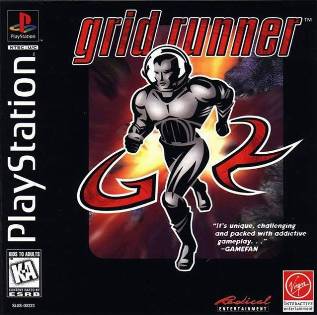
Grid Runner is an action game developed by Radical Entertainment and published by Virgin Interactive Entertainment for the Sega Saturn, PlayStation, and Microsoft Windows in 1996. It is frequently described as a cross between tag and capture the flag, but the playing field is a maze-like grid which the players can manipulate to an extent. Players can either compete against each other in one-on-one matches or take on a series of AI opponents in the game's story mode. Grid Runner was first announced under the title "Eurit".

Tumbang preso, also known as tumba lata or bato lata, is a Filipino traditional children's game. The game involves throwing a slipper at a can or bottle, which one player - the tayà - attempts to guard. The game is usually played in backyards, parks, or in streets when there is little traffic in an area.

Atya patya is a traditional South Asian tag sport played by two sides of nine players. It is more popular in rural areas of India. It is more commonly played in Maharashtra, a western Indian state. Atya patya is described as a "game of feints". The playing area comprises nine trenches, coming out of either side of a central trench; a point is awarded to the attacking team's players for each trench they cross without being tagged out by the defensive players within the trenches. The game ends after 4 innings of 7 minutes each, with each team having two innings to score. It has been described as a game of "militant chase". The sport is played in a relatively small area and requires no equipment, similar to other games indigenous to India such as kabaddi, seven stones, kho kho, gillidanda and langdi.
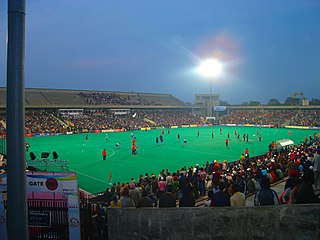
Punjabis play a wide variety of sports and games, ranging from modern games such as hockey and cricket, to the more traditional games such as Kabaddi, Kushtian (wrestling) and Khuddo khoondi. There are over 100 traditional games and sports of Punjab.

Gaigel is a card game from the Württemberg region of Germany and is traditionally played with Württemberg suited cards. It is a Swabian variant of Sechsundsechzig and may be played with 2, 3, 4 or 6 players. However, a significant difference from Sechsundsechzig and other related games like Bauernschnapsen is the use of a double card deck. The four-player game is usually called Kreuzgaigel. The game emerged in the early 19th century.

Squid, also known as ojingŏ, is a children's game played in South Korea. The game is named as such because the shape of the playing field drawn on the ground resembles that of a squid. There are regional variations of the name such as "squid gaisan", or "squid takkari". It is a multiplayer game, and the game is divided into two teams, offensive and defensive. There are two main purposes, either for the attackers to achieve the purpose of the attack, or for the teams to annihilate each other.

The 2023 Palarong Pambansa, officially known as the 63rd Palarong Pambansa, also known as Palaro 2023 and Marikina 2023, was held in Marikina, Metro Manila, from July 29 to August 5, 2023. Student-athletes from 17 athletic associations representing the 17 regions of the Philippines competed in different sporting events and disciplines.

Galah panjang is a traditional Malaysian tag game which is played on a long, narrow field. The attacking team's goal is to cross the field and then return to the starting line to win, while the defending team's players attempt to tag the attackers to eliminate them.

















